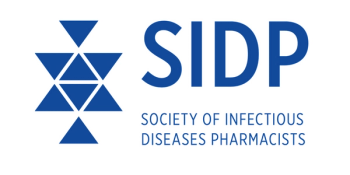
Ineffective Empiric Treatment Leads to Deadly Consequences in Late-Onset Sepsis Patients
New research finds that ineffective empiric treatment can lead to deadly consequences in late-onset sepsis patients.
In a new
The study was performed at Barnes-Jewish Hospital in St. Louis, Missouri, and included patients that were admitted between January 2010 and October 2015. To be included in the study, patients had to have a sterile site (such as blood, cerebrospinal fluid, or pericardial fluid) culture that tested positive for gram-negative bacteria. In addition, patients had to be diagnosed with either severe sepsis or be in septic shock to be included in the study. The goals of the study were to pinpoint the occurrence of early-onset or late-onset IET as well as to identify variables that can be used to predict IET in patients with gram-negative bacterial infections.
Patients were classified as having early-onset infections if the gram-negative bacterium was isolated within 48 hours of hospitalization. In addition, the authors defined IET as administering an initial antibiotic regimen that was not active against pathogens identified using in vitro susceptibility testing. An example of a scenario that would be classified as IET would be patients who received piperacillin-tazobactam but were diagnosed with species likely to produce AmpC β-lactamase as administering this antibiotic can lead to selection of resistant bacteria.
The study included 855 patients with severe sepsis or septic shock due to a gram-negative bacterial infection. The authors found that early infection occurred in 60.8% of patients and late infection occurred in the remaining 40% of patients. In addition, IET occurred in approximately 12% of patients with early-onset infections and was correlated with a higher comorbidity index, prior hospitalization, and higher incidence of prior intravenous antibiotic therapy to treat infections caused by the species Pseudomonas. For patients with late-onset infections, there was a correlation with prior hospitalization and previous administration of intravenous antibiotics.
Overall, for patients with early-onset gram-negative infections, the authors found no difference in survival between the IET and EET groups. However, for patients in the late-onset group, the authors found that patients receiving IET had lower survival rates in comparison to those receiving EET, suggesting that outcomes for IET can depend on the onset of infection. Furthermore, this study demonstrated that receiving previous intravenous antibiotic therapy is a risk factor for IET, irrespective of the onset of infection. Future work should center on developing better approaches to best use empiric therapy to treat patients with potentially fatal bacterial infections.
Newsletter
Stay ahead of emerging infectious disease threats with expert insights and breaking research. Subscribe now to get updates delivered straight to your inbox.































































































































































































































































































